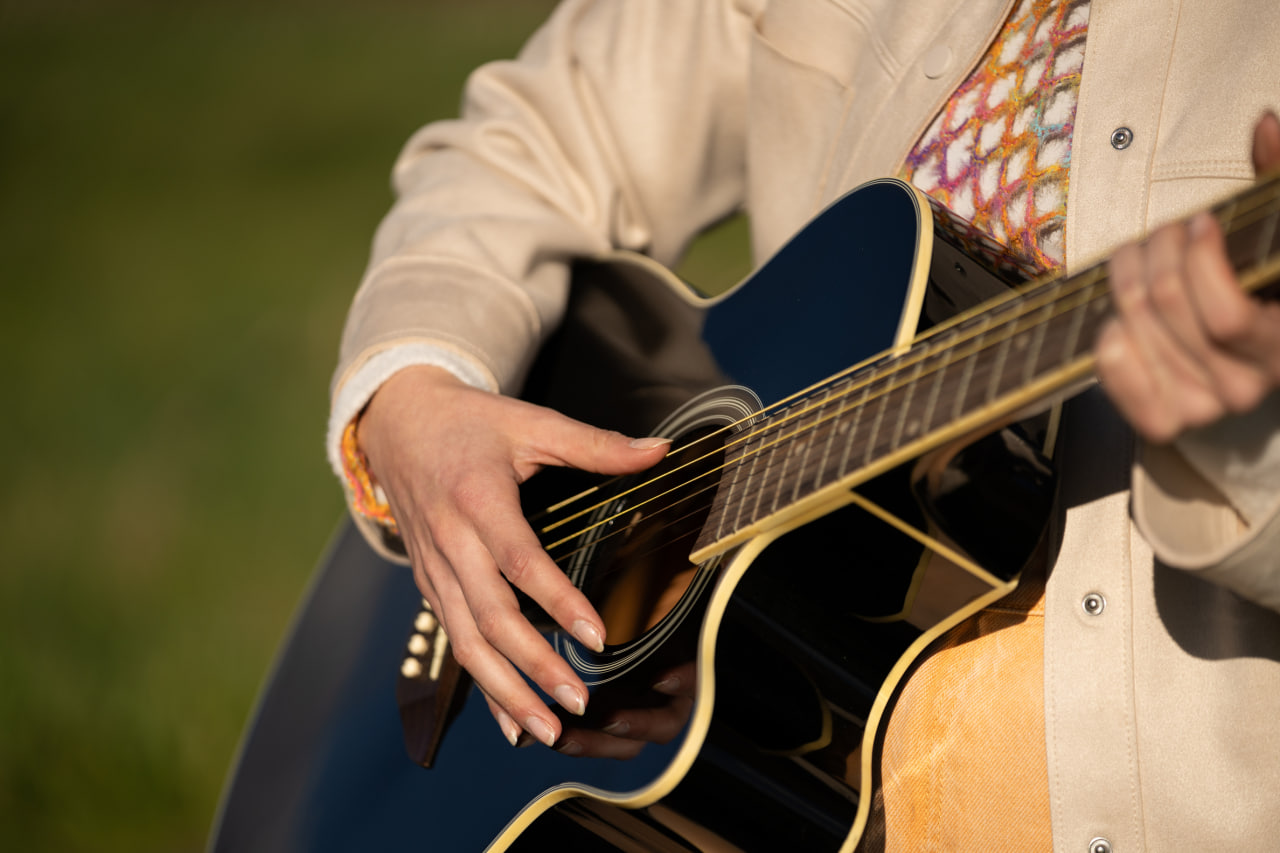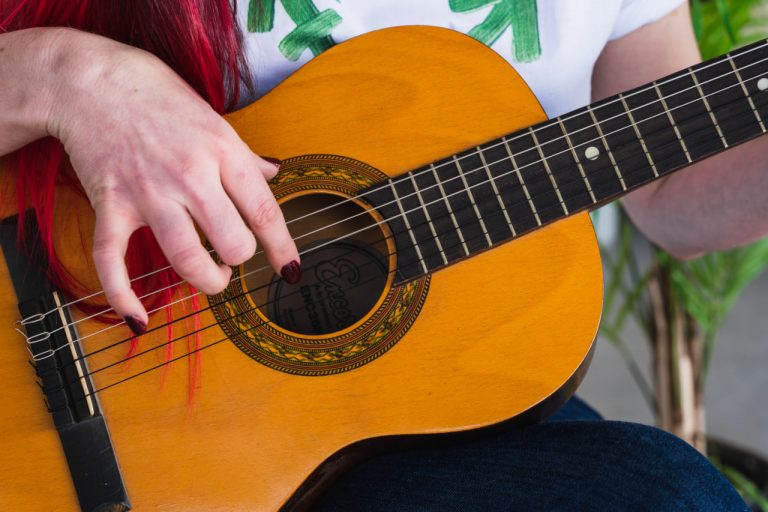Teaching guitar is more than simply knowing how to play. A great guitar teacher must combine technical mastery with effective communication, motivation strategies, and creative lesson planning. Mastering key teaching techniques ensures that your students not only learn faster but also develop a lasting passion for music. In this article, we will explore the top ten techniques every guitar teacher should master to create impactful, inspiring lessons.
1. Proper Posture and Hand Positioning
One of the foundational skills in guitar teaching is ensuring that students develop proper posture and hand positioning. Teaching correct posture early prevents injuries, increases comfort during practice, and improves technique. Pay attention to hand placement on both the fretboard and strings, and make adjustments as needed. Encourage students to remain relaxed while maintaining control, and provide visual and physical guidance to help them internalize these habits.
2. Chord Transition Techniques
Smooth chord transitions are essential for fluid playing. As a teacher, you need to guide students through exercises that build finger dexterity and strength. Introduce methods such as “chunking” where students practice transitioning between two chords repeatedly before adding complexity. Gradually increase speed and complexity while ensuring accuracy. Mastering this technique will help students play confidently and develop musical timing.
3. Strumming and Picking Patterns
Strumming and picking are central to creating rhythm and texture in guitar playing. Teach students a variety of patterns, including alternate picking, fingerpicking, and hybrid picking. Emphasize timing, consistency, and dynamics. Use exercises that isolate each hand’s motion and gradually combine them, ensuring that students develop independence between their picking and fretting hands.
4. Music Theory Integration
Even though some students may want to play by ear, understanding music theory enriches their musicality. Teaching scales, chord construction, and key signatures allows students to improvise, compose, and understand songs at a deeper level. As a teacher, you should integrate theory into practical exercises, showing how it applies to real music rather than presenting it as abstract concepts.
5. Ear Training and Listening Skills
Developing a student’s ear is crucial for long-term musical growth. Techniques such as interval recognition, chord identification, and transcribing melodies help students play by ear and recognize musical patterns. Encourage students to listen actively to songs, identify chord changes, and replicate them. This strengthens their musical intuition and makes learning new material faster and more enjoyable.
6. Improvisation and Creativity
Encouraging improvisation fosters creativity and confidence. Guide students through scales and modes, teaching them how to apply these in solos and riffs. Start with simple improvisation exercises and gradually introduce more complex concepts such as modal interchange, rhythmic variation, and phrasing. A teacher who masters this technique can help students discover their unique musical voice.
7. Effective Practice Strategies
Knowing how to practice efficiently is as important as playing itself. Teach students techniques such as slow practice, repetition with purpose, and focused problem-solving. Show them how to break down difficult sections, set achievable goals, and track their progress. By instilling effective practice habits, students improve faster and avoid frustration.
8. Performance Preparation
Preparing students for live performance requires more than technical skill. Teach stage presence, confidence, and managing performance anxiety. Conduct mock performances and provide constructive feedback. Cover essential aspects such as tempo control, dynamics, and interaction with an audience. This technique ensures students can translate their practice into compelling live performances.
9. Customizing Lessons for Individual Learners
Every student learns differently. Some respond well to visual cues, others to auditory or kinesthetic methods. Mastering the ability to adapt lessons to individual learning styles is key. Assess each student’s strengths, weaknesses, and interests, then tailor your approach to maximize engagement and retention. Personalized instruction increases motivation and accelerates skill development.
10. Positive Feedback and Motivation
Finally, providing consistent, constructive feedback is vital. Encourage students by highlighting progress while gently correcting mistakes. Use praise strategically to build confidence and maintain motivation. Techniques such as goal setting, progress tracking, and celebrating achievements help students stay committed and inspired.




